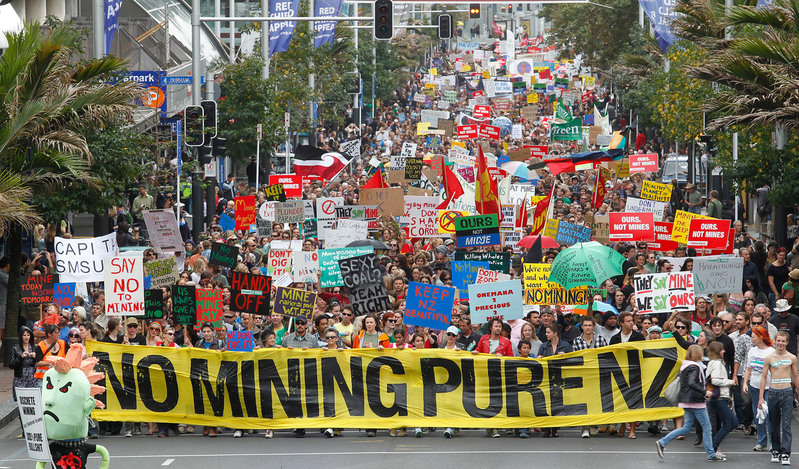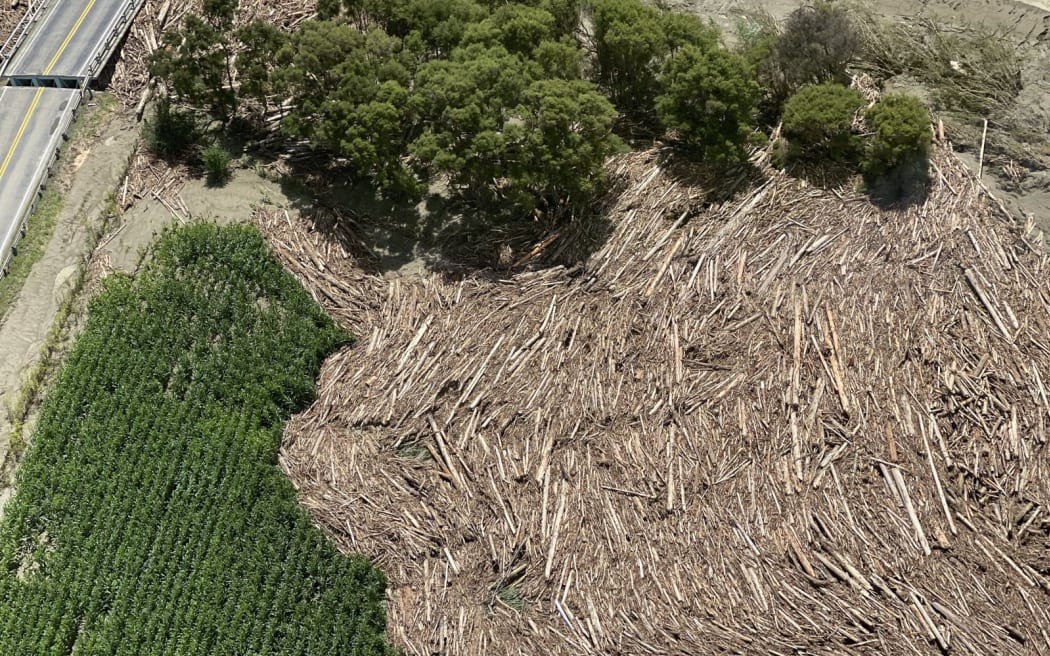There’s no question about it – drought is causing serious problems for our farmers and communities.
So what do we do about it? Dams and irrigation are often touted as the best way to deal with increasing dry spells, especially in regions with low rainfall. But what’s actually happening is water captured for irrigation in New Zealand isn’t just being used to help tide farms over during droughts. It’s being used to intensify farming.
So what happens if droughts keep getting worse, and the irrigated water that allowed farms to intensify is no longer there? We only need look to Opuha dam in Canterbury to see how this critical problem plays out.
The Opuha dam was built in 1998 with the promise of helping farmers through the tough droughts that had been hitting Canterbury. In the summer of 2015, it dried up completely. All irrigation takes were shut off and 250 farmers were left high and dry. The summer 2016 takes were then restricted by 50%. The dam’s made the situation worse for many farmers, because they’ve intensified off the back of it and are now reliant on that water.
Even typically pro-irrigation groups like Federated Farmers have raised these concerns. Fed Farmers South Canterbury president Ivon Hurst is quoted as saying: “Ironically, it’s those with irrigation that are likely to be the worst off because of course they’re stocked up to the limit and have high standing costs so when they do get caught without water, they are in real trouble.”
Irrigation schemes create more intensive industrial dairy farms which causes huge amounts of pollution in our rivers, two-thirds of which are already too polluted to swim in. These schemes also suck up water from our our rivers and aquifers, water that needs to stay in those rivers to maintain their ecological health.
And as we are now sadly witnessing many of our dairy farmers under increasing financial stress, economists have begun questioning the intensification model that’s enabled by irrigation: Over the past 15 years, dairy intensification has led to $38 billion worth of debt, and in the 2014/15 season the Reserve Bank estimated that 50% of dairy farmers weren’t breaking even.
The Opuha model shows us that dams aren’t the answer to drought. Economists tell us the industrial dairying model is causing our farmers to go broke. Scientists tell us that irrigation means more agricultural intensification which causes more freshwater pollution.
Yet right now, there are several think-big irrigation schemes planned around the country, including Ruataniwha dam in Hawke’s Bay and Central Plains Water in Canterbury.
There’s a better way to deal with drought. Instead of creating water-hungry industrial dairy farms in low rainfall regions, we can use methods and systems of farming that create resilient, drought resistant farms, and don’t rely on taking huge amounts of water from our fragile river ecosystems.
These ecological methods can reduce farmer debt and dependency, and increase relative productivity and income. Better yet they avoid river pollution, meaning clean waterways we can all swim and fish in.
You can find out more about drought-resistant farming here.



